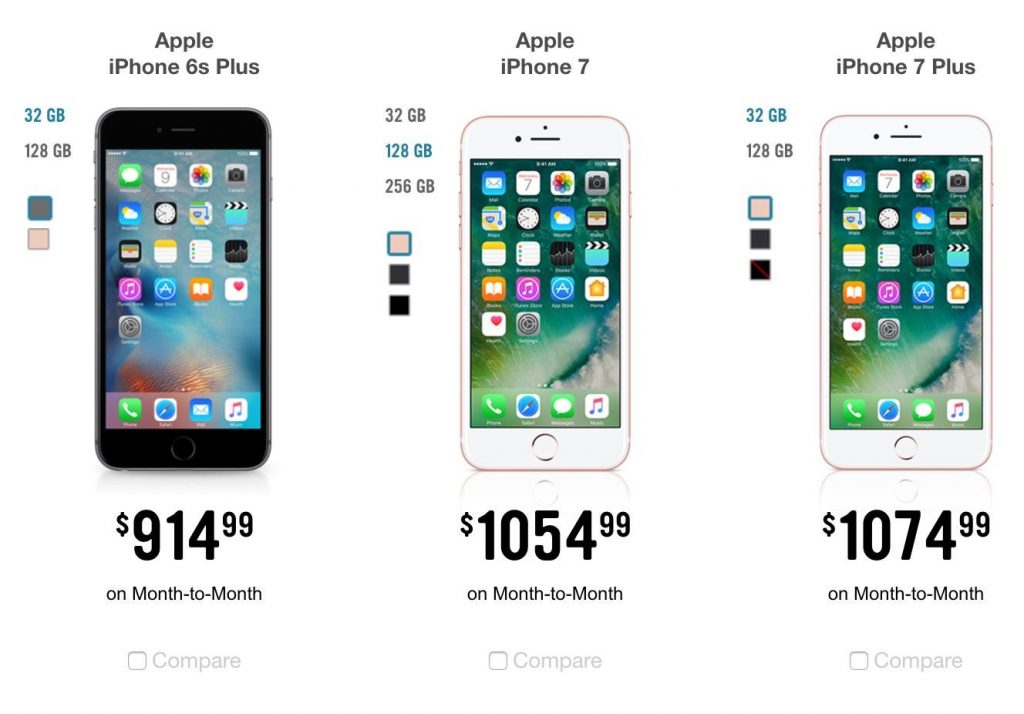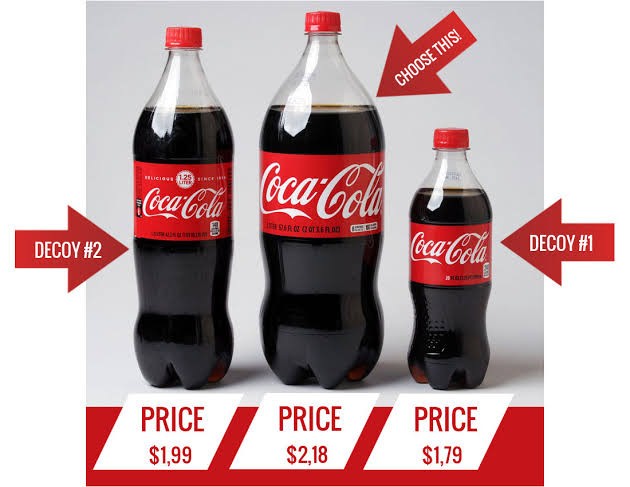Apple’s most recent launch has led experts to believe that the company’s real strategy is pricing. Marketers want to mess up with our capacity to decide if we are indeed getting a good deal, the tactic that Apple favors is decoy pricing. While there are several ways to employ decoy pricing, every instance includes the existence of one product whose sole purpose is to promote the sale of another product. The iPhone 8 and 8 Plus, priced at $799, look shockingly similar to the iPhone7. A closer look, though, reveals that they offer an improved battery life and an updated camera. The iPhone X, on the other hand, stands out as the first phone with a four-digit price tag. The regular version is retailing at $999, with enhanced versions available for a whopping $1,129.99. The pricey phone offers facial recognition, wireless charging and a full screen. There’s just one glaring question: are people really going to shell out more than a thousand bucks for a phone? Experts believe that, in order to make that happen, Apple first introduced the iPhone 8 as a price decoy.
In Marketing the decoy effect is one of the phenomenon whereby consumers tend to have a specific change in preference between two options when also presented with a third option that is asymmetrically (lacking symmetry) dominated. The option of asymmetrically dominated which is often inferior in all respects to one option, but, in comparison to the other options, it is inferior in some respects and superior in others gets consumed by the consumers. In other words, in terms of specific attributes determining preferences, it is completely dominated by one option and only partially dominated by the other. When the asymmetrically dominated option is present, a higher percentage of consumers prefer the dominating option than when the asymmetrically dominated option is absent. The asymmetrically dominated option is therefore a decoy (bait) serving to increase preference for the dominating option. The decoy effect is also an example of the buyer decision theory. To put it more simply, when deciding between two options, an unattractive third option can change the perceived preference between the other two.
Products such as Pepsi or Coca-Cola play this trick. They simply add a third size which resembles the larger one, but is obviously a worse option. The above picture explains how smaller sized bottle and medium sized bottle act as decoy 1 & 2 to choose the bigger sized costing $2.18 bottle. In many experiments, the trick has already been proved to work. The decoy effect has even been used to steer people towards creating more secure passwords, we are nudged to create asymmetrical passwords.
The Decoy Effect phenomenon is a concept from the books of Economics and who know it better than the widely read magazine, The Economist. The publication cleverly strategizes the pricing of their print and digital subscription making the combo look the best deal amongst all. Here is how they price their subscription:
- Web Subscription – $59
- Print Subscription – $125
- Web and Print Subscription – $125
The first offer of $59 seemed reasonable. The second option (only print) seemed a bit expensive, but still ok. But, the third option of both Web and Print for the same price as the print-only subscription attracts most readers in world.
The decoy effect was first investigated as a potential marketing strategy to influence consumer choices. One of the latest research shows that it could also have potent effects in recruitment, healthcare, entertainment, even politics. It shows us just how easily our judgment sways by the context in which the facts are presented; this even when that additional information may have no bearing on the overall judgment. The decoy effect was first documented in the 1980s.
Price is the most delicate element of the marketing mix, and much thought goes into setting prices to nudge us towards spending more. The price of product should be set in such a way that buyers can pay and company can earn adequate profits. In case of price-sensitive customers on one hand and the prestige-sensitive customers on the other hand, the pricing decisions become most vital in marketing.
Customers’ price sensitivity can be solved with psychological pricing. Certain prices or the way prices are displayed can influence a customer’s decision-making process during a purchase. Such pricing strategies are a simple and cost-effective way to increase sales without reducing your product prices. Some pricing strategies tend to play in the emotional side of our brain rather than our rational brain. No price is ever really high cost or low cost without having something to compare the cost to; it’s all about perceived customer value. Why does our brain work like that? A creative mind can find a lot of possible explanations, all of which may be a little true. But the decoy effect seems to depend at least a little bit on the need to justify a decision to others. Finding the right pricing strategy to sell your products can be challenging and complex process.
How decoys work? When consumers are faced with many alternatives, they often experience choice overload. Psychologist Barry Schwartz has termed the tyranny or paradox of choice. Multiple behavioral experiments have consistently demonstrated that greater choice complexity increases anxiety and hinders decision-making. In an attempt to reduce this anxiety, consumers tend to simplify the process by selecting only a couple of criteria such as say price and quantity to determine the best value for money.














































